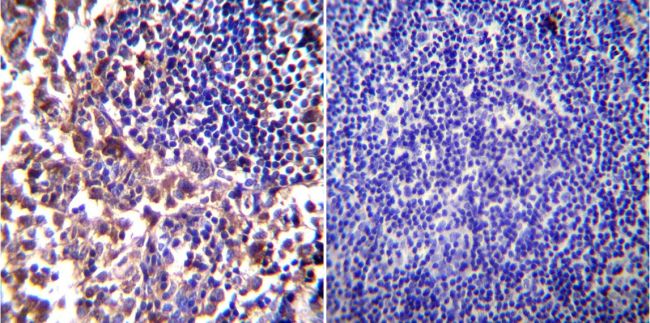INOS (Inducible Nitric oxide NO, also known as NOS) is an organic gaseous free radical which transmits various communications between cells.
Vasorelaxation, neurotransmission, and cytotoxicity are all triggered through the cellular response to NO. NO production is controlled through members belonging to the nitric oxygen synthase (NOS) family.
INOS is expressed in the liver cells and is induced by the combination of lipopolysaccharide with certain Cytokines. INOS is a catalyst for the oxidation of L-arginine in order to create L-citrulline as well as NO. You can know more about inos antibodies via www.bosterbio.com/anti-inos-picoband-trade-antibody-a00368-boster.html.

Image Source: Google
Two distinct isoforms that include neuronal or brain NOS (b or nNOS kind I) and endothelial cell NOS (eNOS type III) and an inducible version (iNOS type II) were copied.
Each NOS isoform contains Calmodulin, nicotinamide, nicotinamide a the phosphate (NADPH) and flavin-adenine dinucleotide (FAD) Flavin Mononucleotide (FMN) binding domains.
INOS is present in a wide range of cell types, including synoviocytes and macrophages as well as hepatocytes and even smooth muscle cells. Cytokines like interferon-gamma (IFN) as well as the tumor necrosis factors (TNF) interleukin-1, 2-, along with lipopolysaccharides (LPS) trigger an increase in the mRNA of iNOS as well as protein and activity levels.
Protein kinase C stimulators have a similar effect on iNOS activity. Following cytokine stimulation, iNOS exhibits a delayed response, which is followed by a substantial increase of NO output over a lengthy length of.
The analysis of the immunofluorescence of iNOS was carried out with 70 percent confluent log-phase A549 cells that were treated with a mixture of TNF-a (5 mg/mL) and IFNg (50 U/mL) and the IL-1b (50 U/mL) for 18 hours.